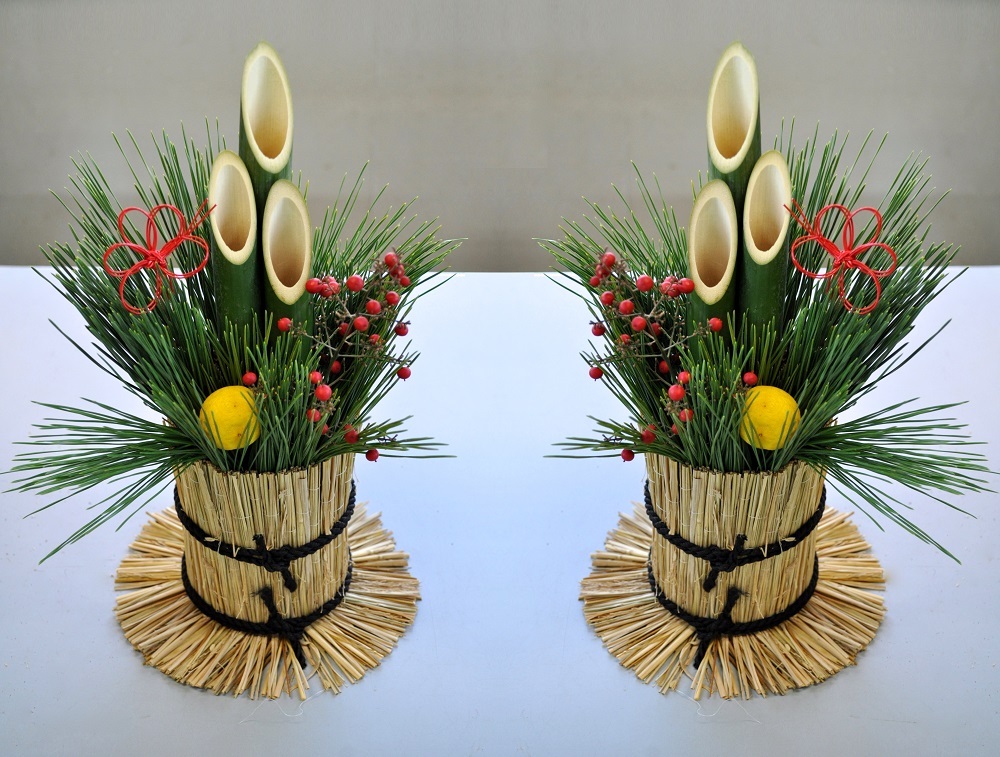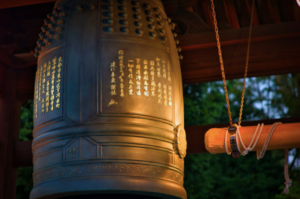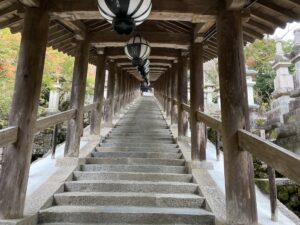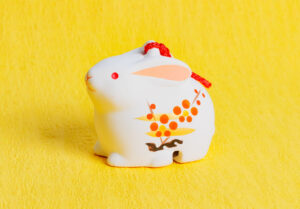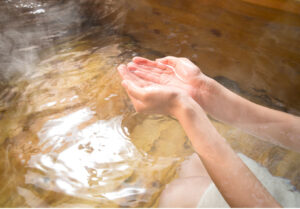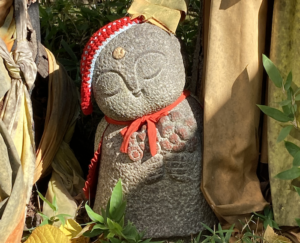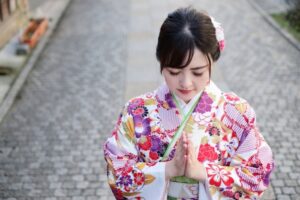In Japan, in late December, bamboo and pine trees are decorated in front of the entrances to shrines, office buildings, stores, and homes.
This is a traditional Japanese New Year’s decoration called “Kadomatsu. It is also called Matsu-Kazari (pine tree decoration), Kazari-Matsu (ornamental pine tree), or Tatematsu (standing pine tree).
Kadomatsu is a Sign that brings Happiness
In Japan, it was believed that the New Year Deity would bring a bountiful harvest and happiness in the New Year.
Kadomatsu, or bamboo gateposts, are decorated at the entrance of a house as a marker for the New Year’s Deity to visit the house.
Kadomatsu are made from several kinds of trees that bring good luck.
- Pine: symbolizes vitality, longevity, and prosperity, as the leaves do not fall all year round.
- Bamboo: Fast-growing and strong in vitality
- Plum: Blooms in the New Year
- Nandina: To ward off evil
Pine trees, in particular, came to be used for New Year’s decorations because the Japanese pronunciation of the word “pine (Matsu)” is the same as the Japanese word “Matsuru,” meaning “to enshrine.
Since the center of the decoration is bamboo, the pine tree appears to be one of the other ornamental trees, but it is the pine tree that has important meaning as a New Year’s decoration.
✔ In some regions and shrines, pine trees are not used for some reason.
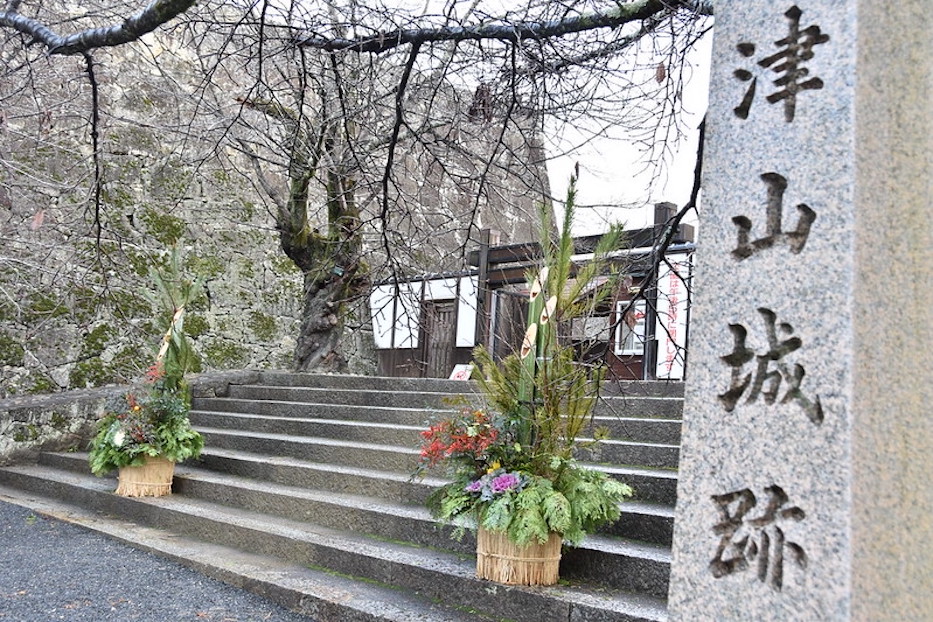
Period for Decorating Kadomatsu
Kadomatsu should be decorated between December 13th and 28th, or on the 30th.
The 29th is not a good day to start decorating kadomatsu because it is associated with “suffering” and the 31st is called “Ichiya-Kazari,” which means to treat the Deity with disrespect.
Generally, the kadomatsu are put away around January 7 after the New Year’s holiday, but in some areas, they are displayed until January 15.

Kadomatsu Decorations Change with the Times
Due to changes in the social environment and the perception of traditional Japanese culture, large kadomatsu (gate pine) decorations at the entrances of ordinary homes are becoming less common. Recently, small kadomatsu decorated in a yosegae style have become popular.
Originally, kadomatsu were decorated outside of gates and entrances as a marker for the Deity, but an increasing number of households are decorating small kadomatsu indoors. When displayed indoors, kadomatsu are considered one of the ” kawaii” decorations for the New Year.
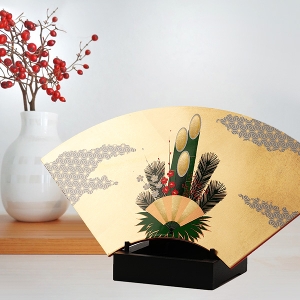

Large kadomatsu are still displayed at shrines, hotels, shopping malls, airports, and office buildings. The size and atmosphere of kadomatsu vary from region to region, and even within the same region, each facility has its own kadomatsu. Enjoy these traditional New Year’s decorations!

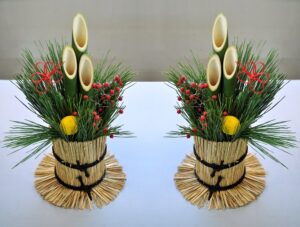
👉Feel free to contact us if you have any questions.

